
Imperial Courts, 1993–2015, the long awaited photography book by Dutch photographer Dana Lixenberg and published by Roma, features some of her finest, and most eloquent photographs, suffused with compassion, austere visual beauty, and a tender attention toward the wide scope of individuals who comprise the Imperial Courts community in Los Angeles. Short-listed for PhotoBook of the Year by the 2015 Paris Photo-Aperture Foundation PhotoBook Awards, the copious tome is the culmination of years of diligent work.
In March 1993, after traveling to South Central Los Angeles on assignment for the Dutch weekly magazine Vrij Nederland to document a story on the “destruction and rebuilding” of the vicinity in the aftermath of the Rodney King verdict, photographer Dana Lixenberg was moved to develop what became a 22-year effort capturing in portraits, members of the community at the Imperial Courts housing project in Watts, Los Angeles. Enabled first through meeting The Black Carpenters association, a group of contractors and activists, and through them, a more auspicious meeting with the late Tony Bogard, leader of the Imperial Courts PJ Watts Crips, Lixenberg was introduced to a neighborhood, the Imperial Courts projects, and a community of people, who gradually became the subjects of her striking volume.
A photo essay of her earliest portraits from Imperial Courts, accompanied by a poem, People of Watts, by playwright Ntozake Shange, was first published in the November 1993 edition of Vibe magazine when I served as photography director
Lixenberg’s tough non-pandering aesthetic assisted Vibe in establishing its visual tone and often poignant photographic vocabulary, which complemented and contradicted the slicker celebrity and fashion-oriented content. When we realized that her manner of capturing the most daring musicians in an unvarnished and uniquely powerful way, we assigned her cover and feature shoots with figures such as Tupac Shakur, The Notorious B.I.G., Prince, Eminem, and others. Her portraits of Tupac alone were the source of numerous murals worldwide, and to this day proliferate on T-shirts everywhere. And these were not overly slick images; but like the Imperial Courts photos, were true toward his depth and obvious vulnerability.
Imperial Courts is a modest yet epic 22-year project compiled in a thoughtful, exquisitely designed monograph. An all black-and-white opus, and although a far cry from photographer Taryn Simon’s all color first book, The Innocents, Lixenberg’s volume can also be construed as a conceptual effort that draws simultaneous attention to the race of the subjects and the race, and perhaps gender, of the photographer.
The book spreads in Imperial Courts are meticulously arranged. In many of them, the juxtapositions of the photographs create a fiction, a compelling story that one can plainly see, yet subtly plotted to hide the evidence of narrative intention. The single photo spreads with its luxury of a blank page beside it, amplify the fascination with the one image, which is carefully selected, such as the rigorously simple “Leslie and Ashley (2013),” one of her finest pictures, which appears familiar yet strange at the same time. Subtle understatement is contrasted with severe understatement: still life versus portrait, streetscape drily rendered versus black-and-white head shot that together resonate more like a film than a traditional layout. Silently heroic postures are paired or shown along with the quiet banal truths of trees, outdoor architecture, and the mysteries of presence observed without shrill exaggeration.
Overly familiar tropes such as sexiness, and comparable assertions of body language are shown in more frequency in the moving genealogy, with its smaller-scaled pictures and postage size thumbnails running beside them. The genealogy pages also demonstrate a seeming wider range of settings throughout the housing project. Yet virtually all Lixenberg’s subjects in this volume exhibit a cool sobriety that keeps stylized swagger at arm’s length. It is impossible to characterize the presence and stunning quietude emanating from these individuals. It is a visual signature of Lixenberg’s that she has sometimes described as “deliberately undramatic.” Ironically by stripping back the conscious postering common to many of us, she often arrives at a fresh or more shrewd way of idealizing her subjects.
Innovative in its capture and depiction of emotion, and in its modest defiance toward cultural stereotypes, either cloying or sentimentally heroic, Imperial Courts finds a middle way to commemorate a community, through a persuasive subtlety as opposed to the brutal clarity of earnest photojournalism, which accommodates the collective humanity of the denizens of the housing project. The book is an advance on how specifically people of color are represented in cultural media. Lixenberg stands in that ambiguous position of ‘getting’ the ordinary dimensions of a racial minority, simultaneously with her formal apprehension of the diverse beauty of a people. Race is writ large and small, even in this disciplined, understated and complex appreciation; but in sustaining her vigorously cool expansive aesthetic, Lixenberg restores this community’s privilege to be flawed, capable of falling victim to addiction, murder, disappearing never to be seen again; yet welcoming toward a photographer from another planet, a sincere witness, capable of great art, willing to wait and wait, then snap to work.
George Pitts is an assistant professor at Parsons The New School for Design, and a photographer and writer living in Brooklyn, N.Y. Previously, he was director of photography at LIFE Magazine and Vibe Magazine. You can see more of his work here.
Dana Lixenberg is a Dutch photographer based in New York and Amsterdam.
Imperial Courts, 1993–2015 is published by Roma and will be on view at Huis Marseille from December 12, 2015 – March 6, 2016. An interactive version of Imperial Courts will premier at IDFA and you can watch it here at imperialcourtsproject.com
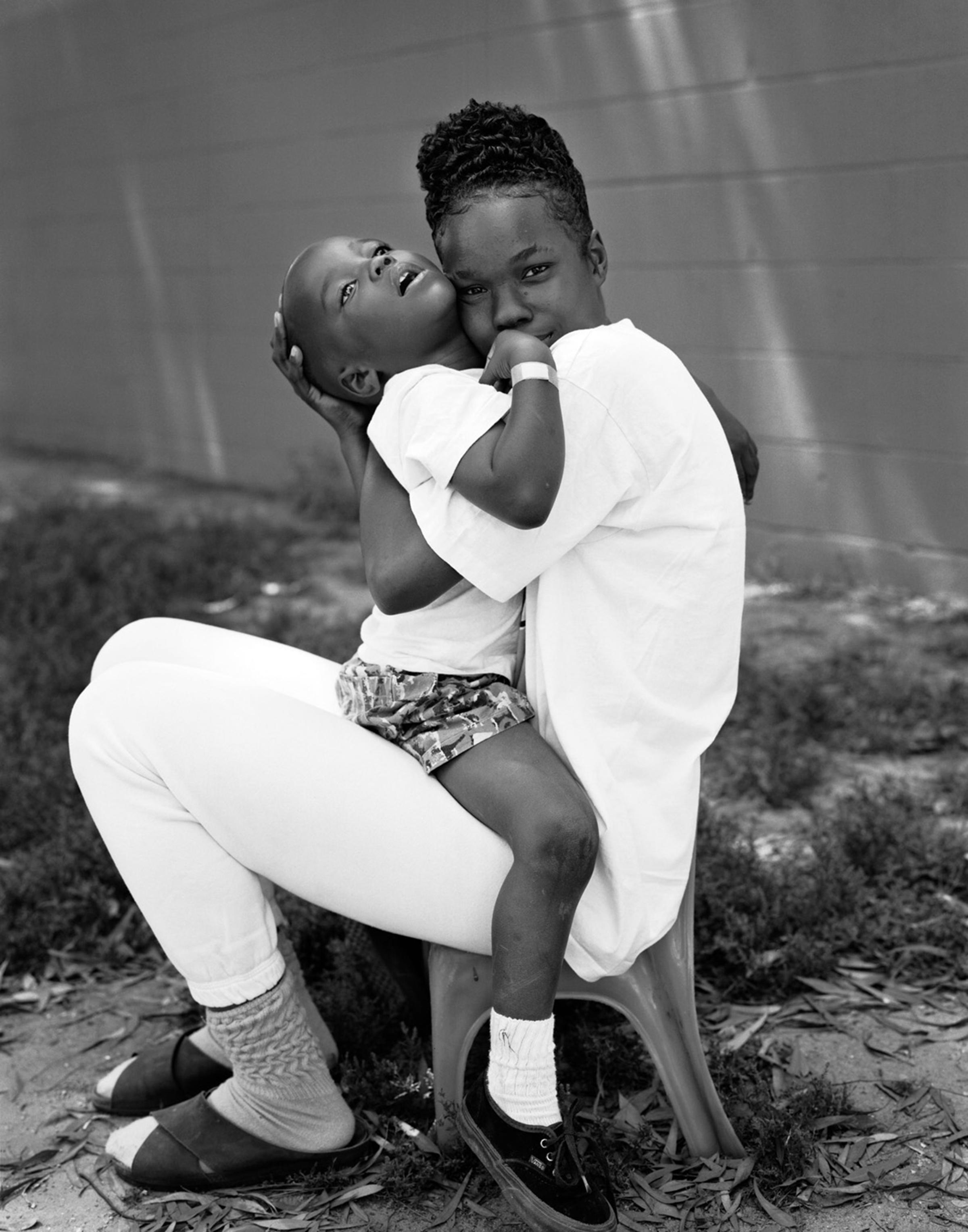
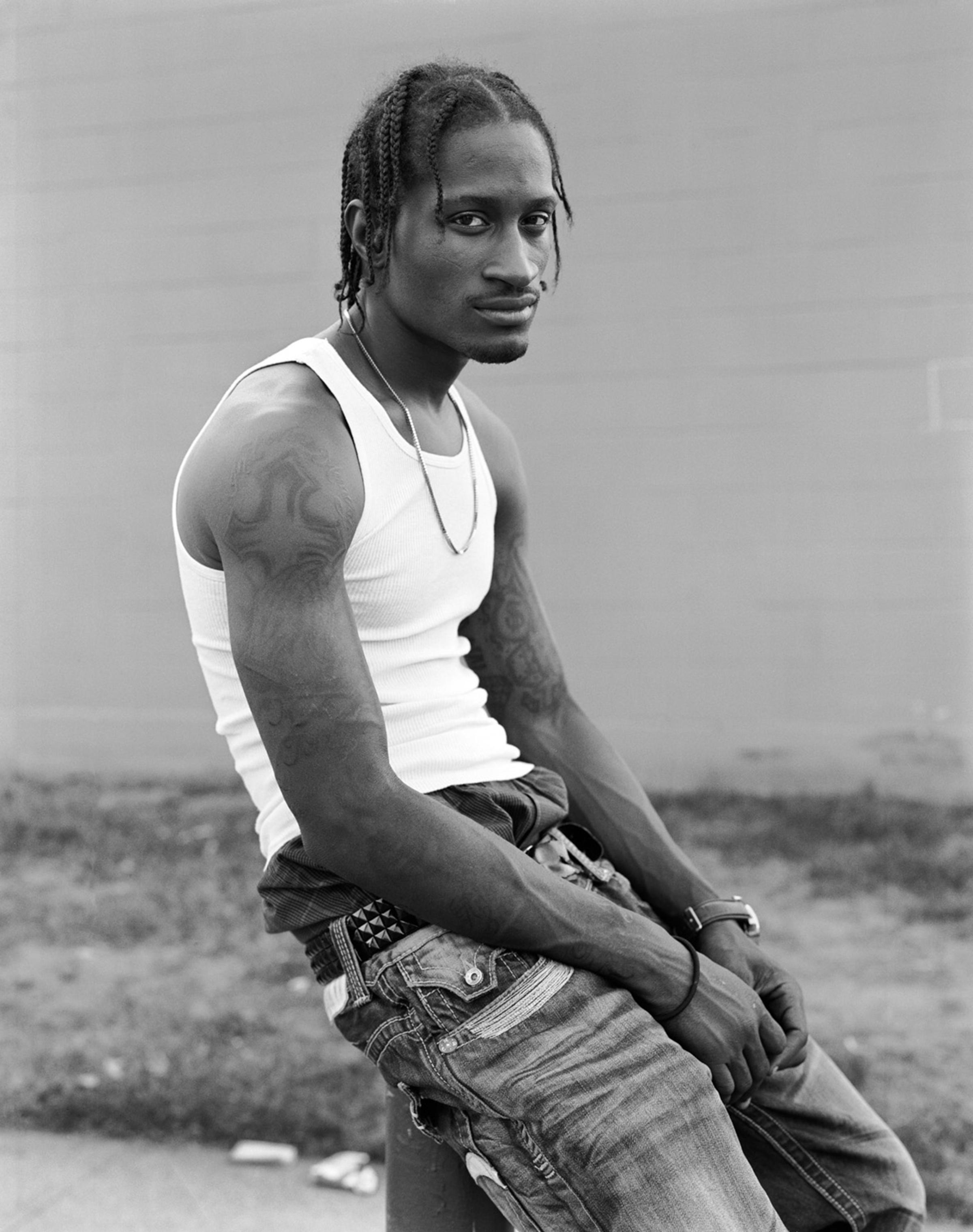

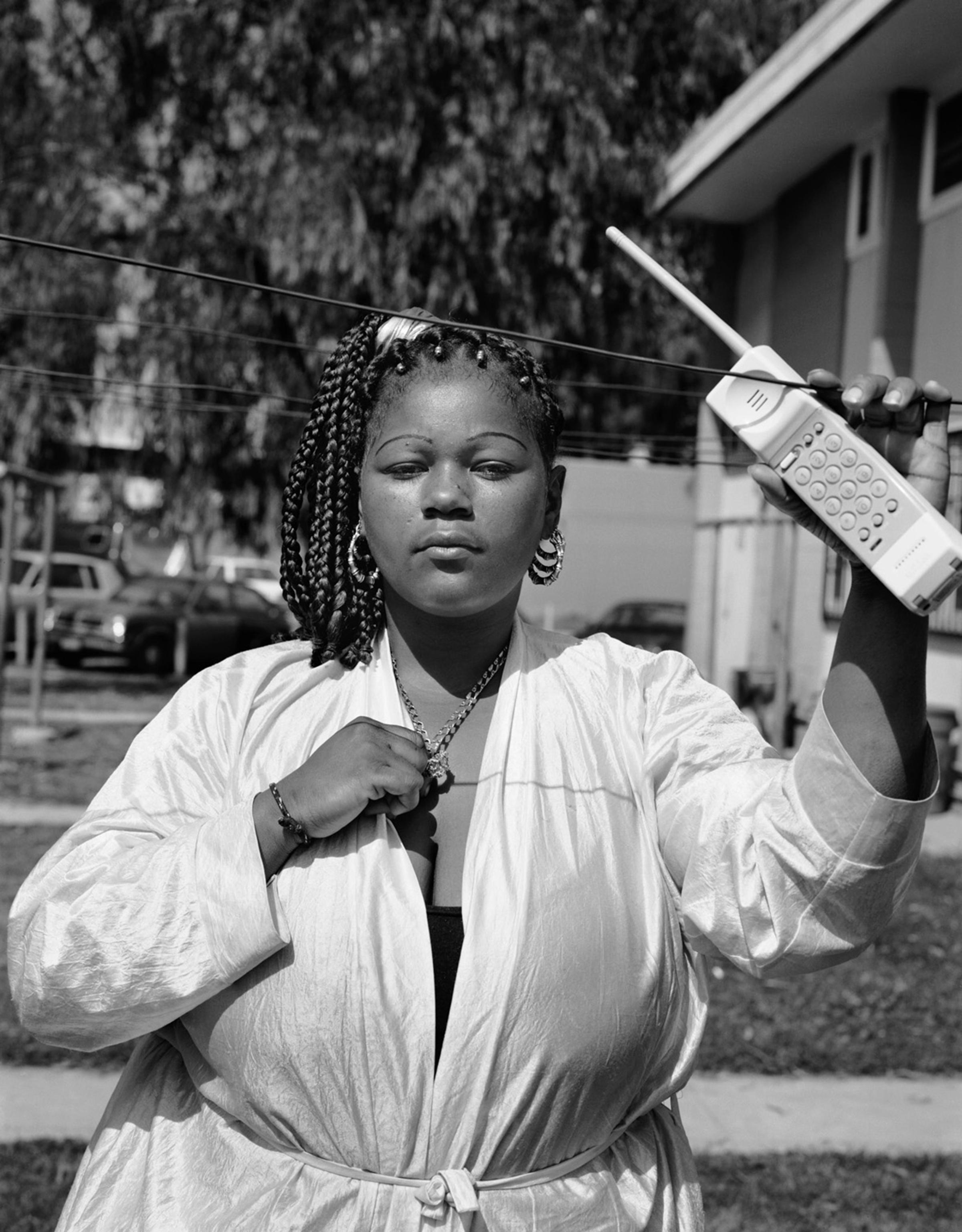
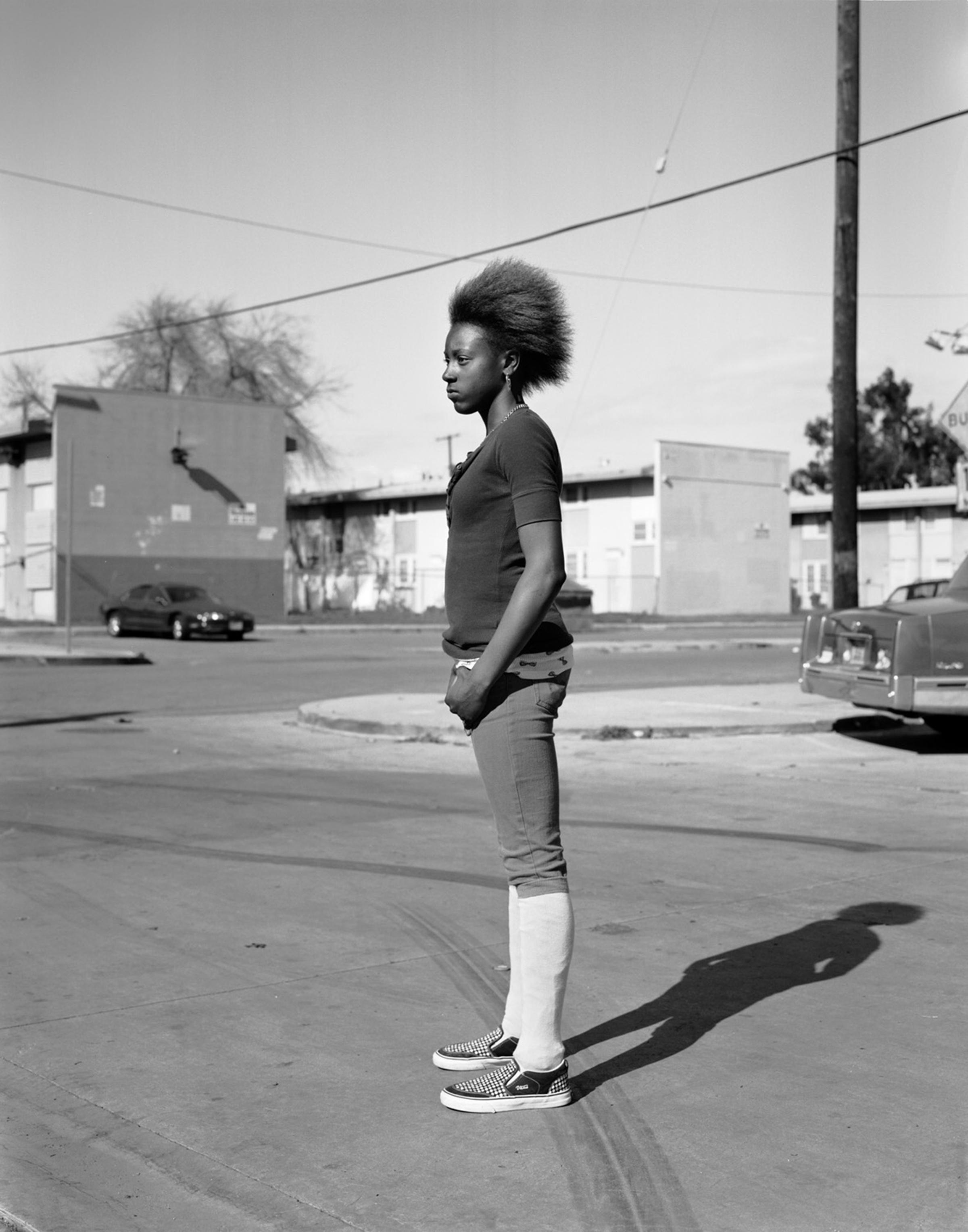


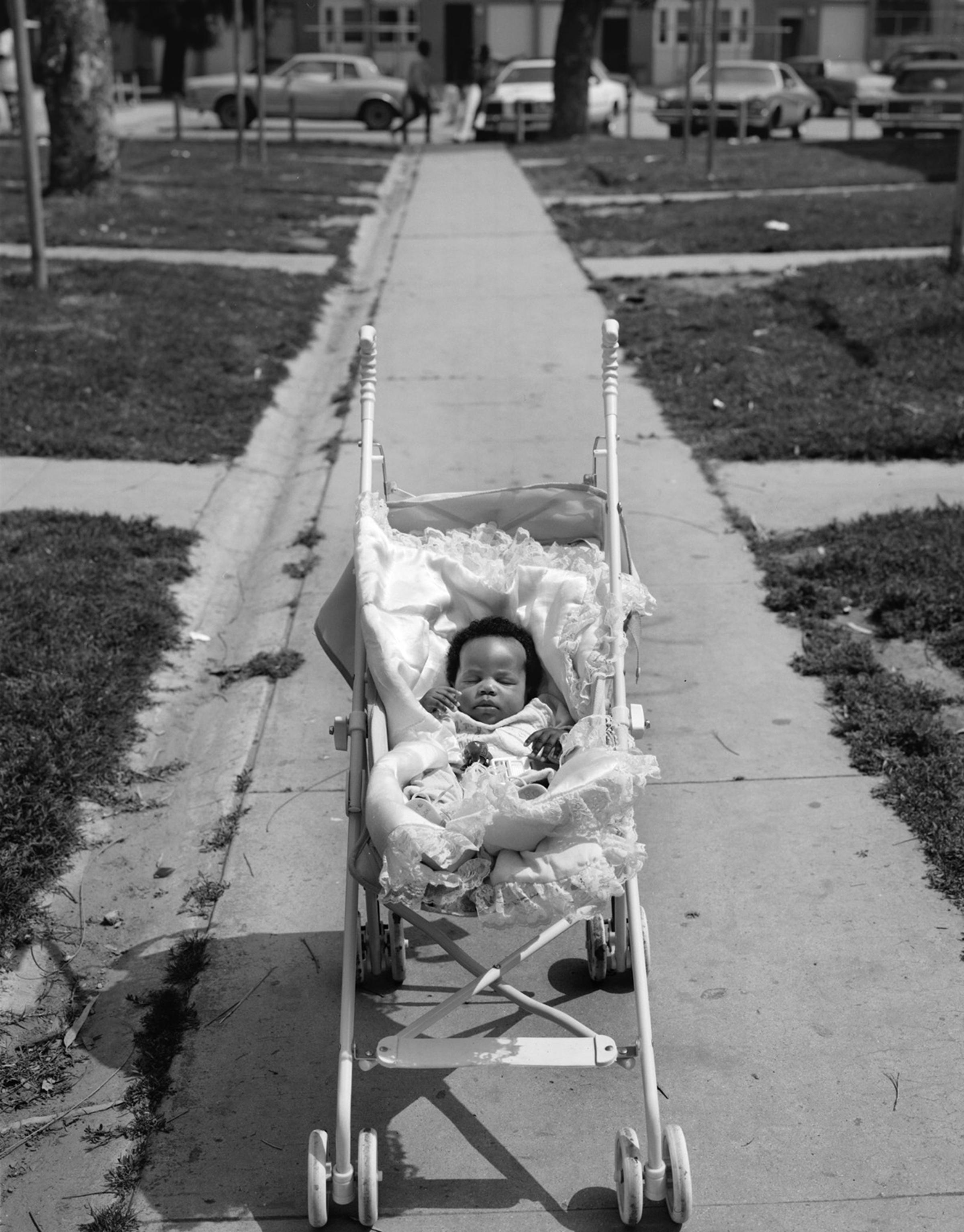
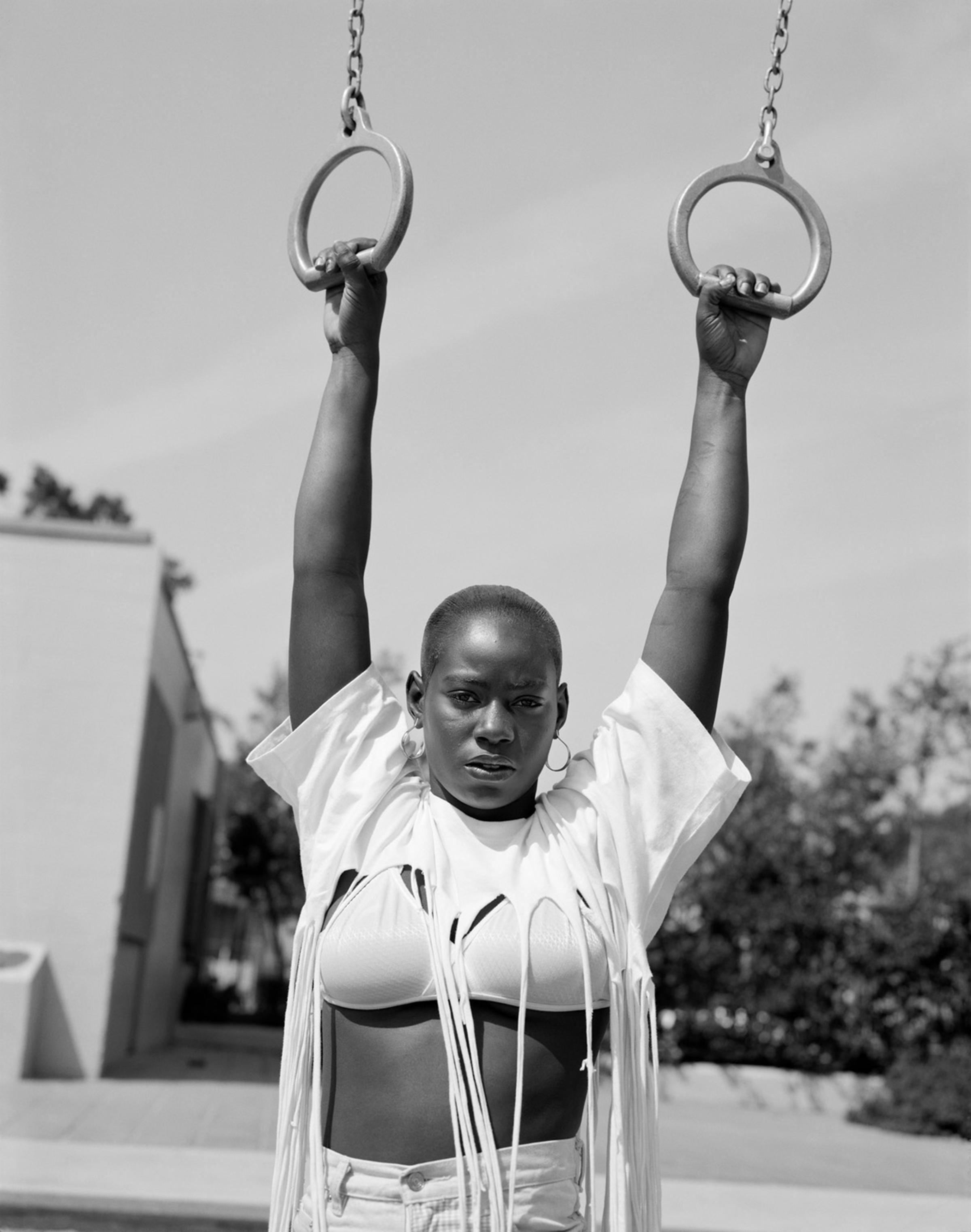



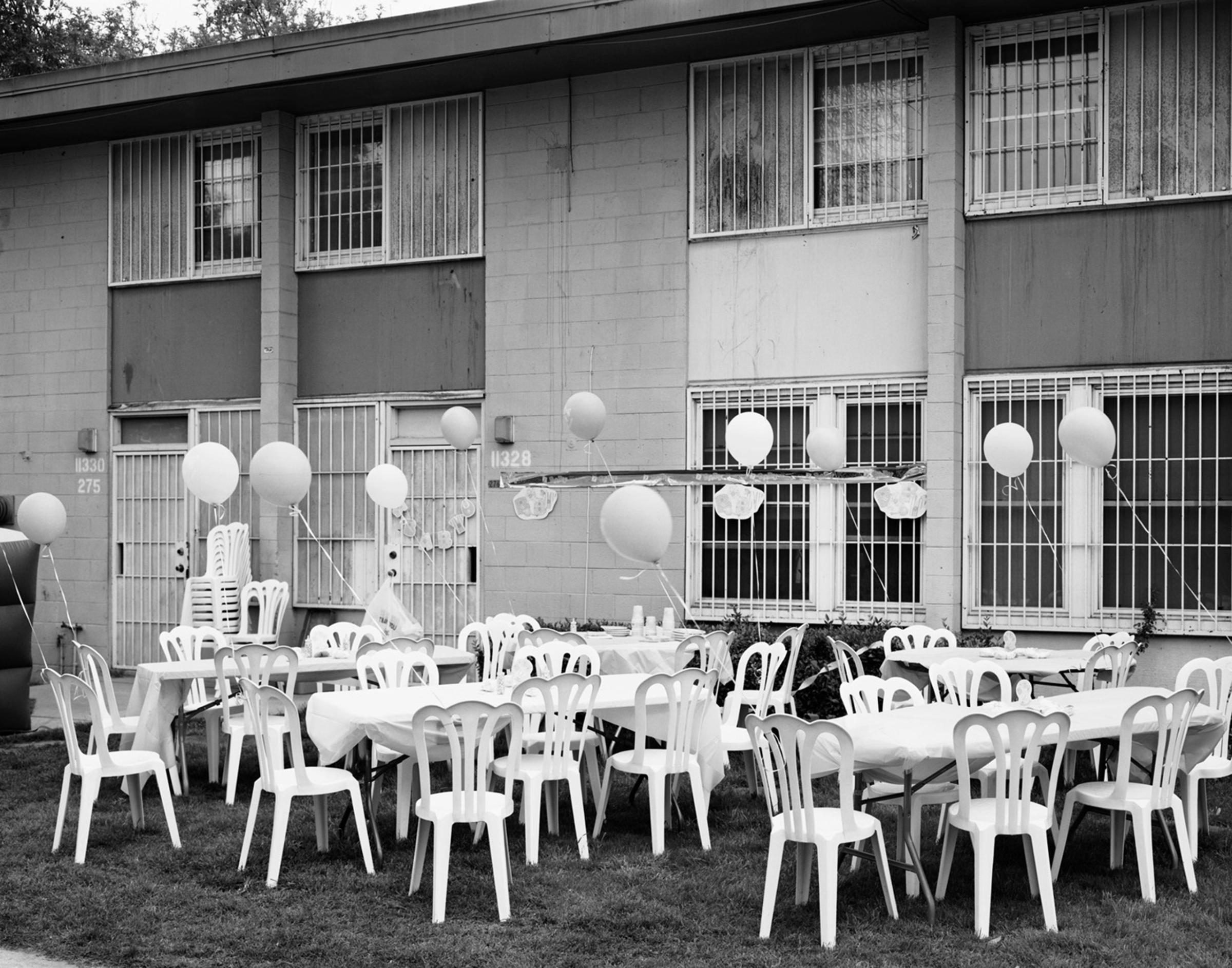

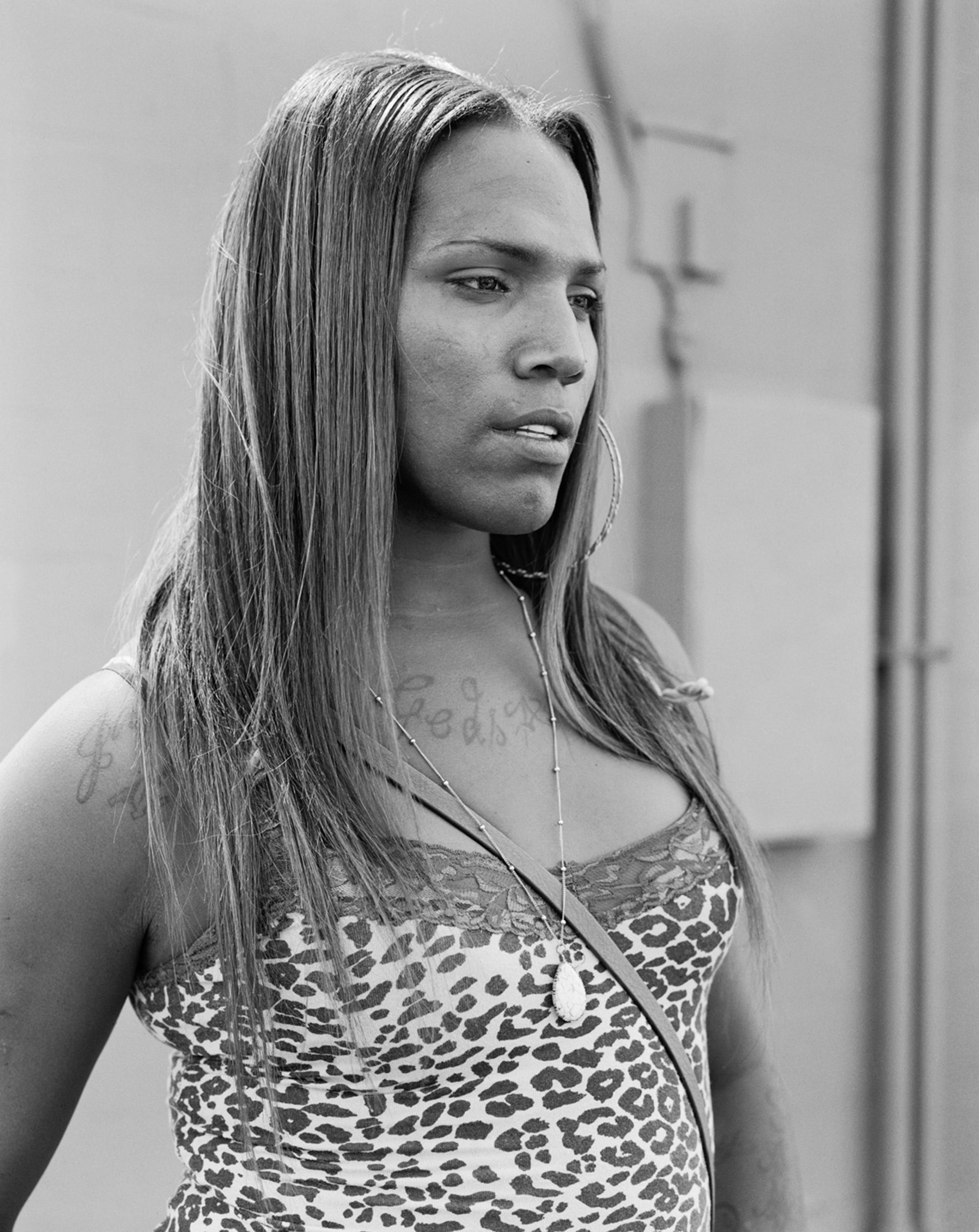
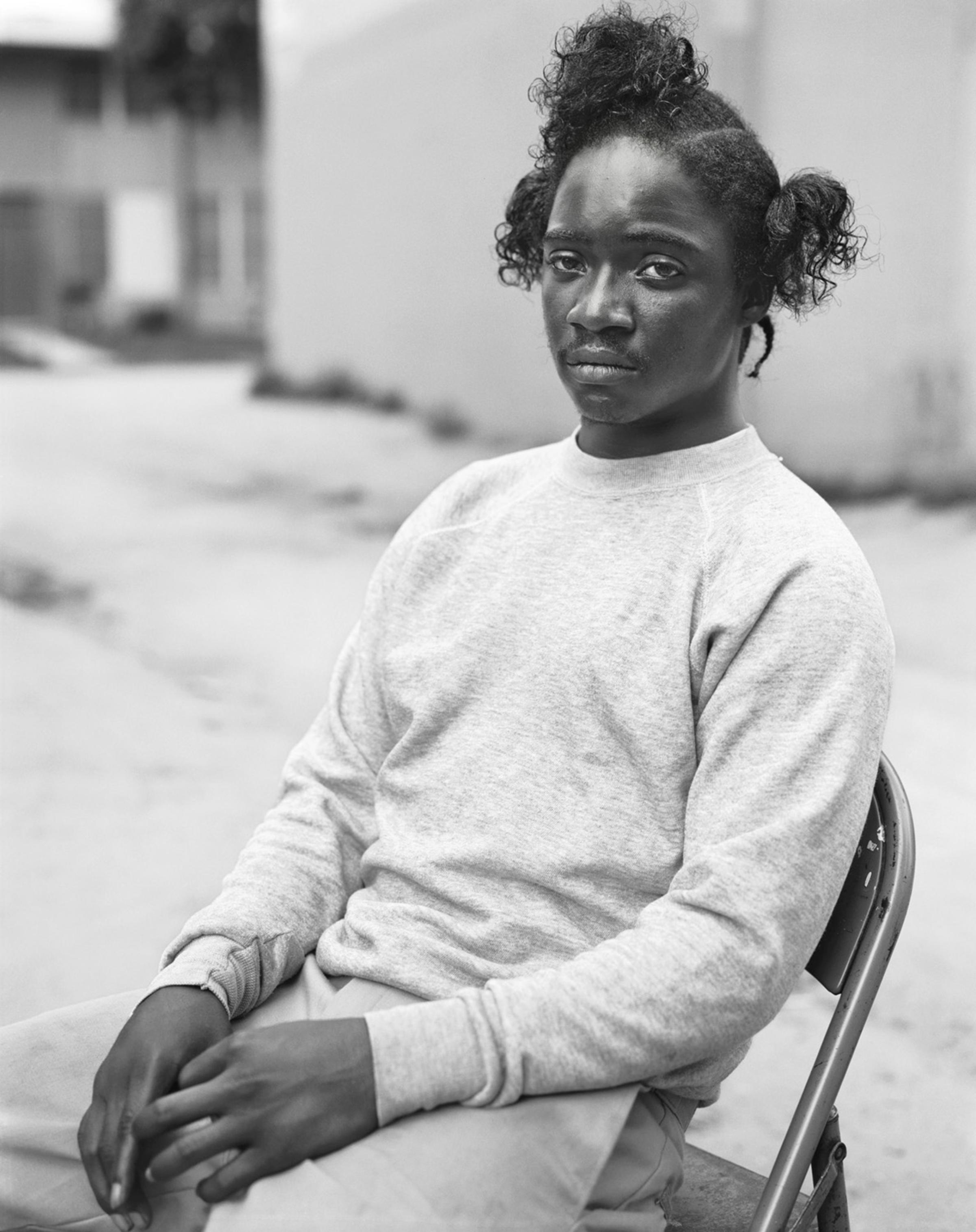


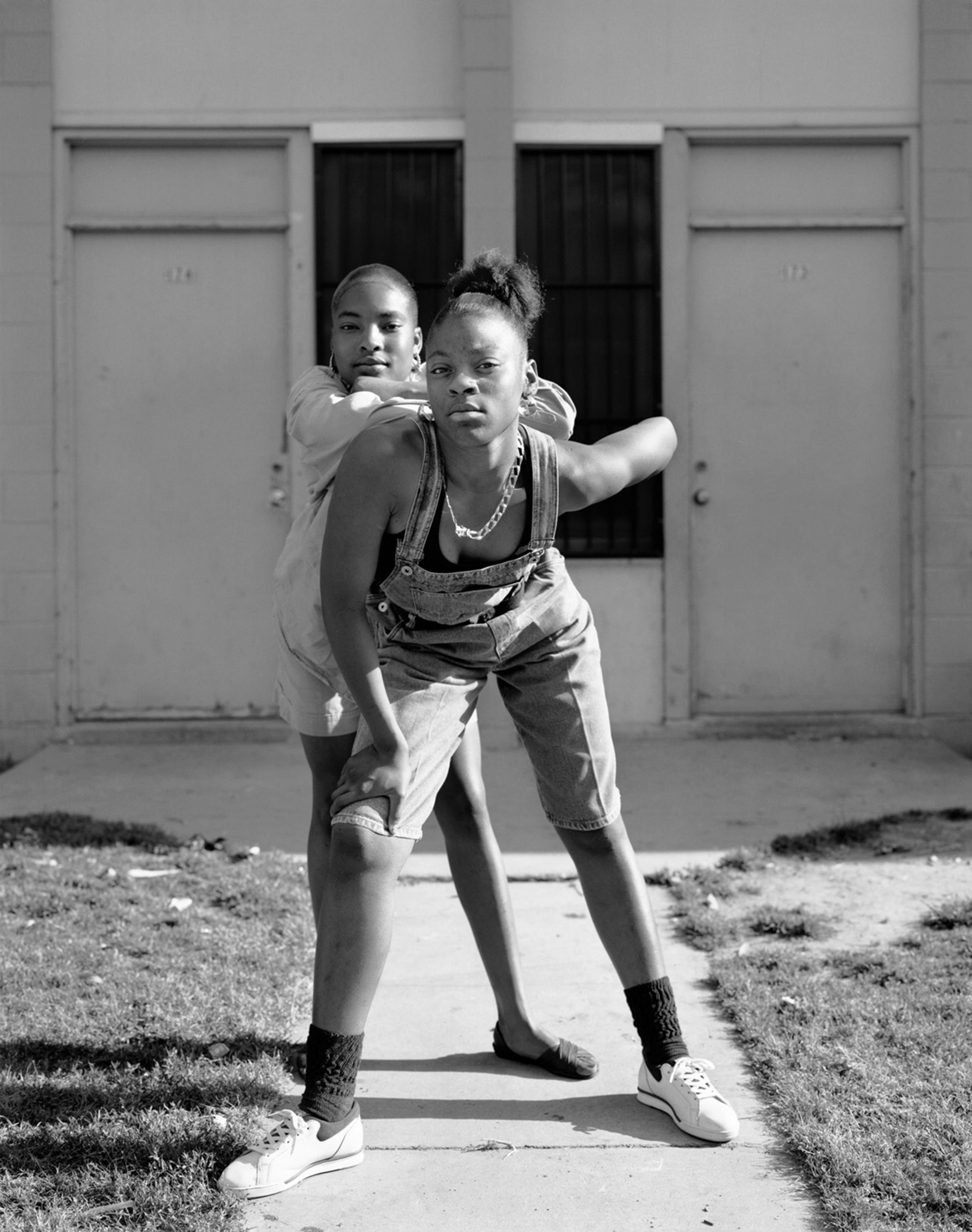

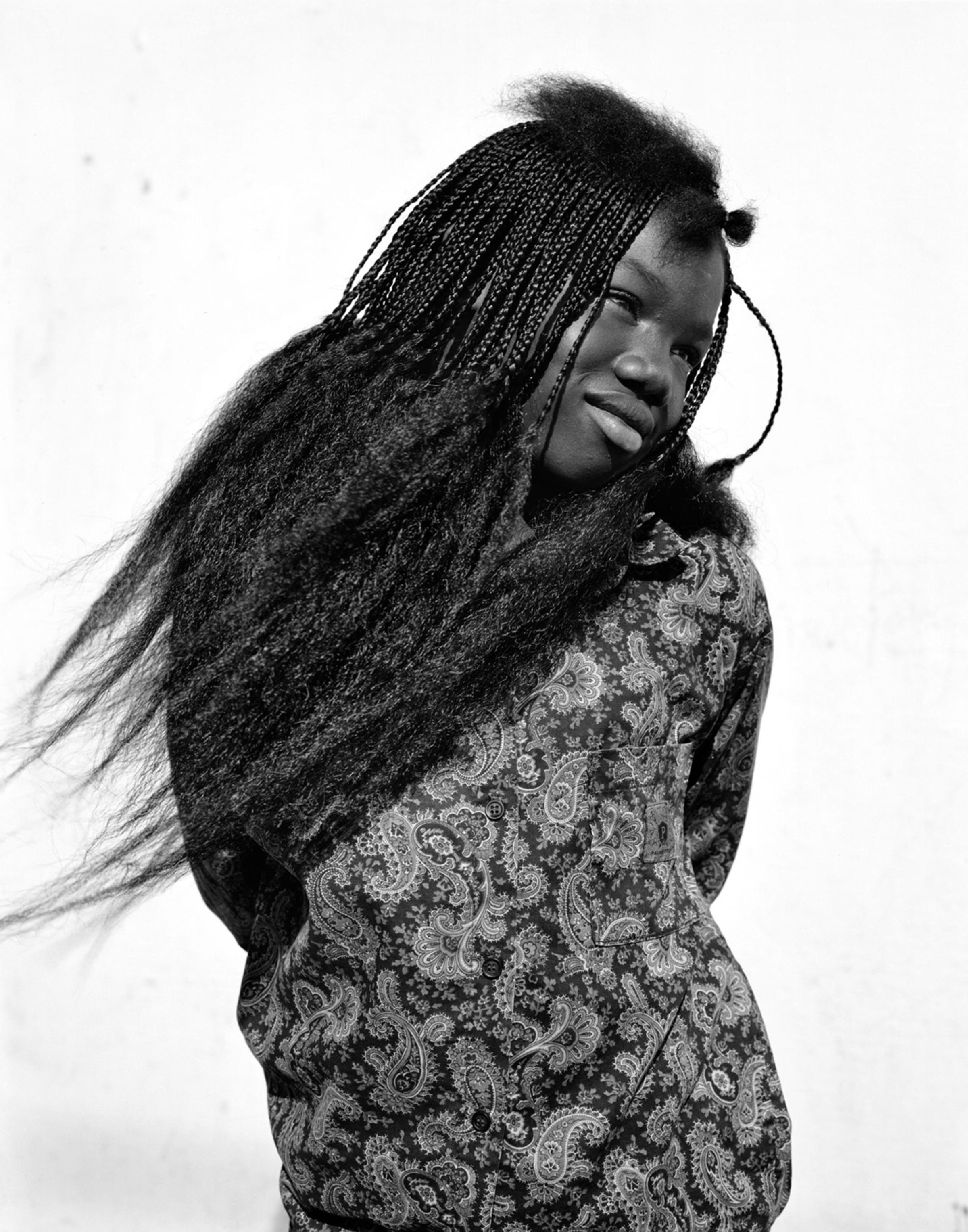
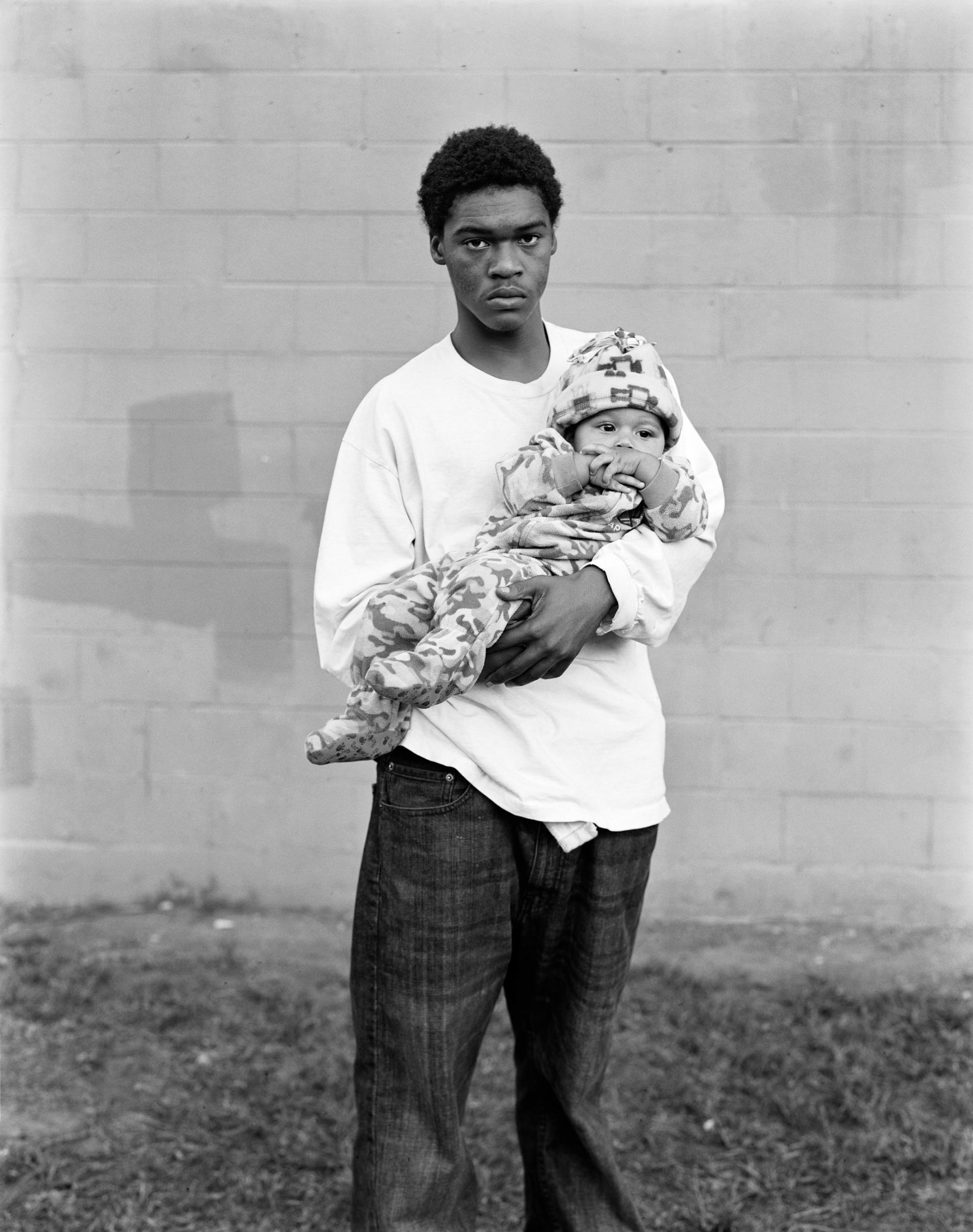
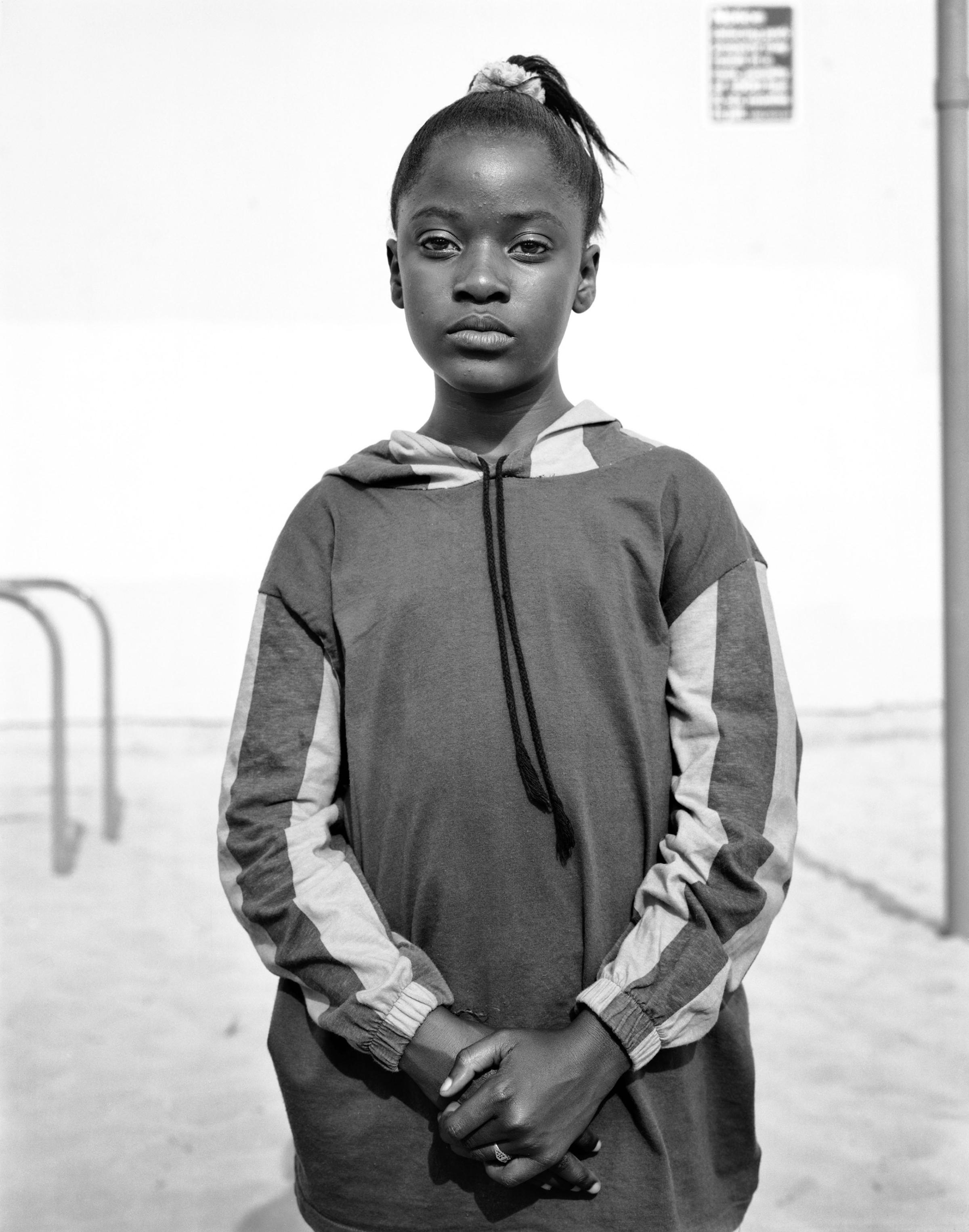




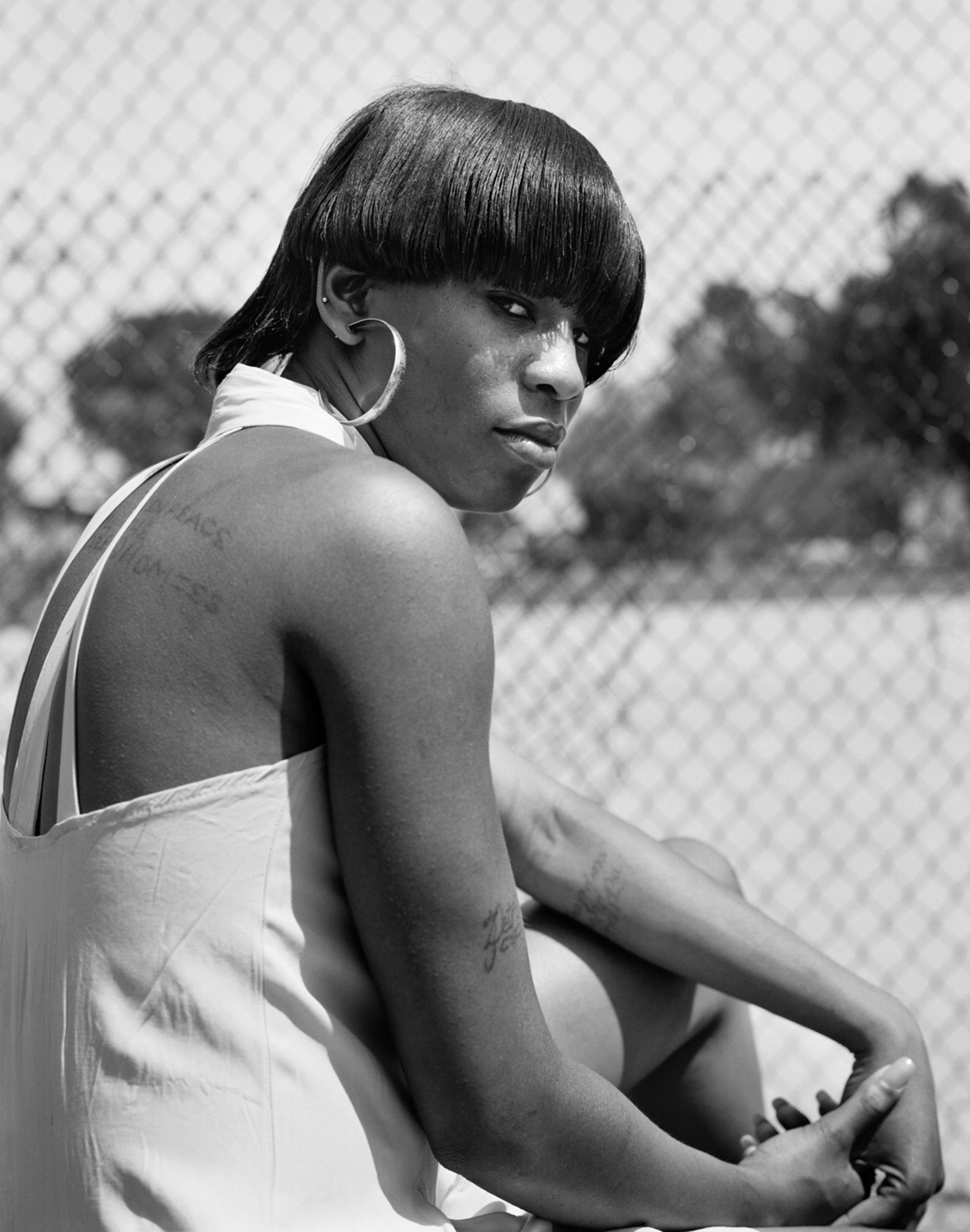
More Must-Reads from TIME
- Cybersecurity Experts Are Sounding the Alarm on DOGE
- Meet the 2025 Women of the Year
- The Harsh Truth About Disability Inclusion
- Why Do More Young Adults Have Cancer?
- Colman Domingo Leads With Radical Love
- How to Get Better at Doing Things Alone
- Michelle Zauner Stares Down the Darkness
Contact us at letters@time.com